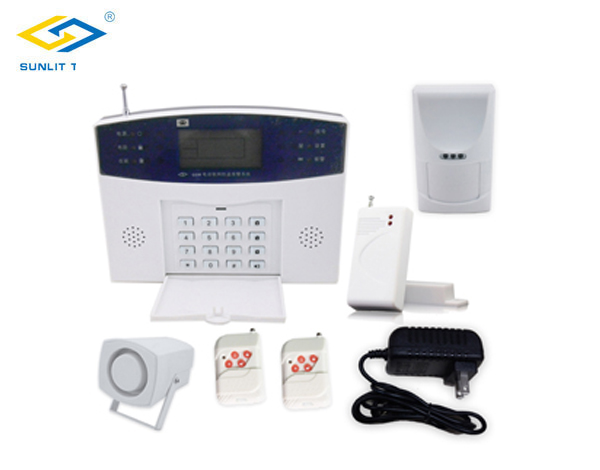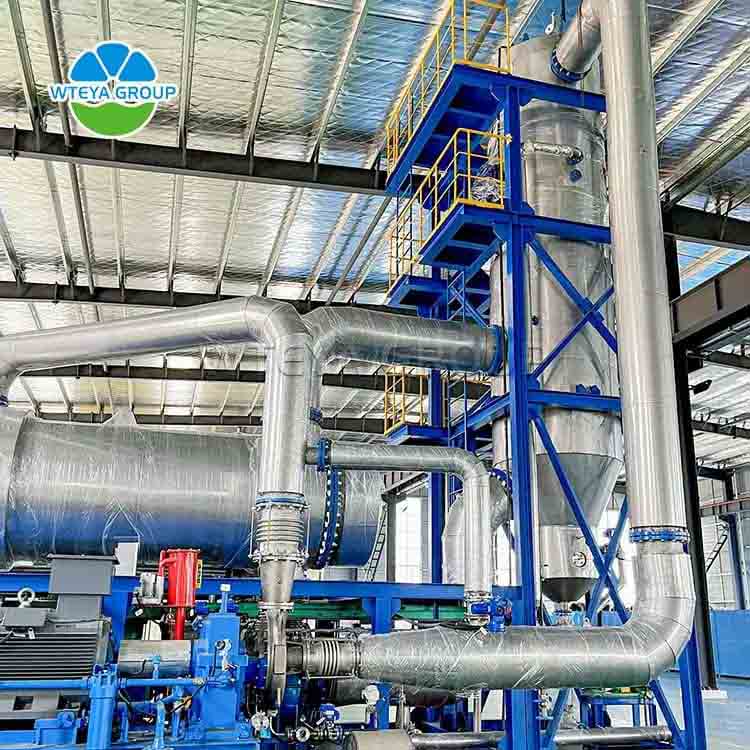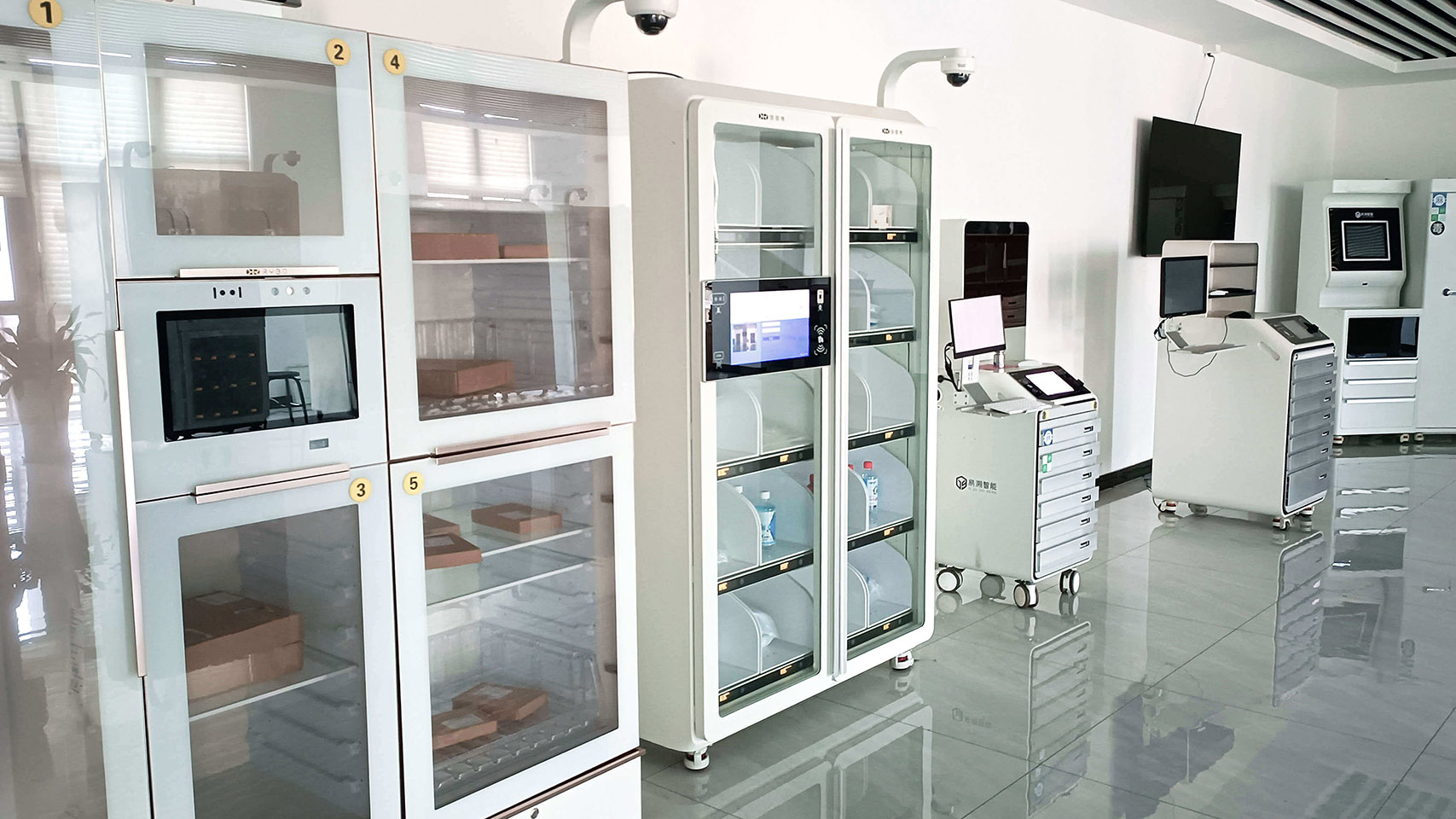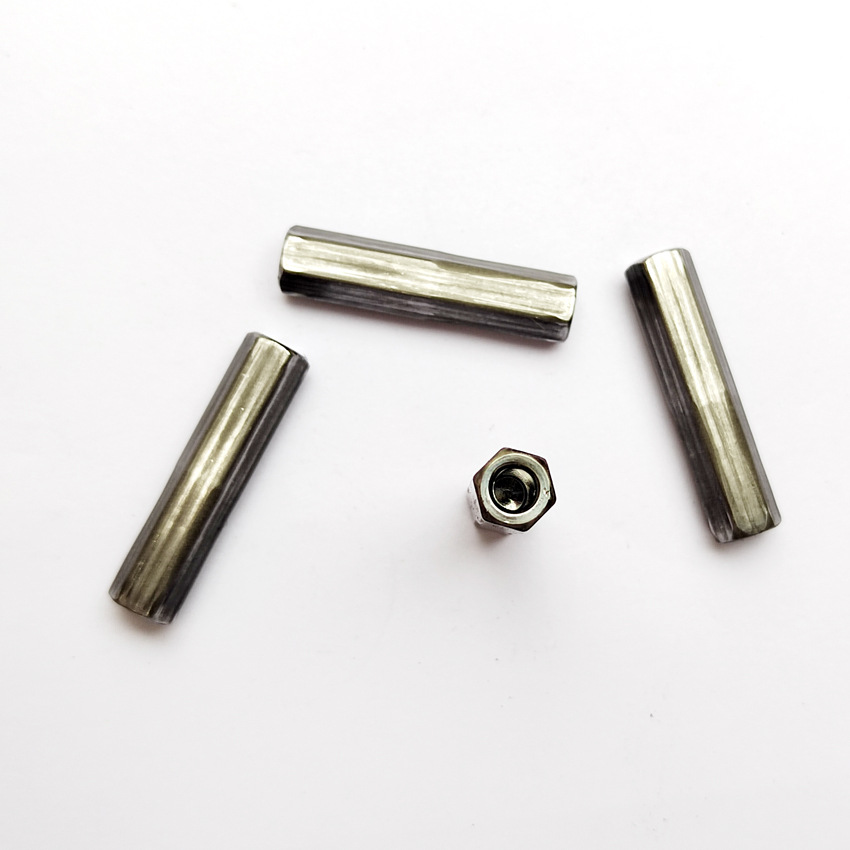In today’s vehicles, the electrical system is more complex and crucial than ever before. From powering essential systems to ensuring the smooth operation of advanced technologies, automotive wiring plays a pivotal role in modern automobiles. High-quality automotive wire is essential for safety, performance, and reliability. This article explores the importance of using high-quality automotive wire in modern vehicles.according to xpb terminal wire Industry veterans said that its development will still be in a good situation. https://www.xpbdz.com/
1. Ensuring Safety
Safety is the foremost concern in automotive design and manufacturing. High-quality automotive wires are designed to withstand harsh conditions, including extreme temperatures, vibrations, and exposure to chemicals. These wires are less likely to suffer from insulation breakdowns or electrical shorts, which can lead to dangerous situations like fires or system failures. Investing in high-quality wires ensures that the vehicle’s electrical systems remain safe and functional over time.
Automotive connection cable
2. Enhancing Performance
Modern vehicles rely heavily on electrical systems for optimal performance. From engine management systems to infotainment and safety features, high-quality automotive wires ensure that these systems receive stable and reliable power. Poor-quality wires can result in voltage drops, electrical noise, and erratic performance, which can affect the vehicle’s overall performance and efficiency. Using top-grade wires helps maintain the integrity and functionality of all electrical components, ensuring peak performance.
3. Longevity and Durability
Automotive wires are exposed to various environmental factors that can degrade their quality over time. High-quality wires are made from durable materials that resist wear and tear, extending the lifespan of the vehicle’s electrical system. They are designed to handle the rigors of daily use, including bending, flexing, and exposure to moisture and chemicals. This durability reduces the need for frequent replacements and maintenance, saving time and money in the long run.
4. Compatibility with Advanced Technologies
Modern vehicles are equipped with sophisticated technologies such as advanced driver-assistance systems (ADAS), electric powertrains, and high-tech infotainment systems. These technologies require reliable and efficient wiring to function correctly. High-quality automotive wires are designed to meet the stringent requirements of these advanced systems, ensuring seamless integration and operation. They provide the necessary bandwidth and signal integrity needed for modern automotive applications.
5. Reducing Electrical Interference
Electrical interference, or electromagnetic interference (EMI), can disrupt the performance of sensitive electronic components in a vehicle. High-quality automotive wires are designed to minimize EMI, ensuring that electronic systems operate without interference. This is particularly important in modern vehicles, where the proliferation of electronic devices and systems increases the risk of interference. Using high-quality wires helps maintain the reliability and performance of all electronic systems.
automotive connection cable
6. Improving Fuel Efficiency
In vehicles with internal combustion engines, the efficiency of electrical systems can impact fuel consumption. High-quality wires reduce electrical resistance, ensuring that electrical power is transmitted efficiently. This can improve the overall efficiency of the vehicle, leading to better fuel economy. In electric and hybrid vehicles, efficient wiring is even more critical, as it directly affects the performance and range of the vehicle.
Conclusion
High-quality automotive wire is a vital component in modern vehicles, contributing to safety, performance, durability, and efficiency. As vehicles become more advanced, the demand for reliable and efficient wiring solutions continues to grow. Investing in high-quality automotive wires ensures that a vehicle’s electrical systems can handle the demands of modern technology while maintaining safety and performance. For manufacturers and consumers alike, the benefits of using high-quality automotive wire far outweigh the initial costs, making it a wise investment for the future of automotive technology.








